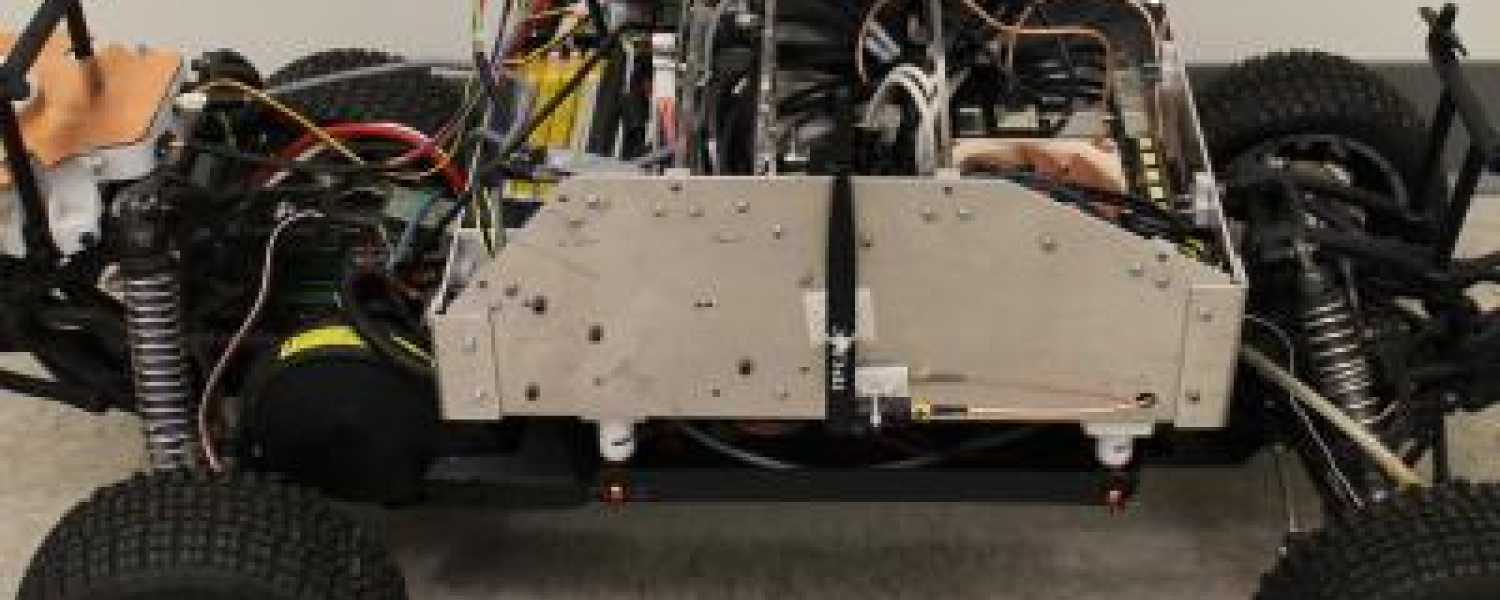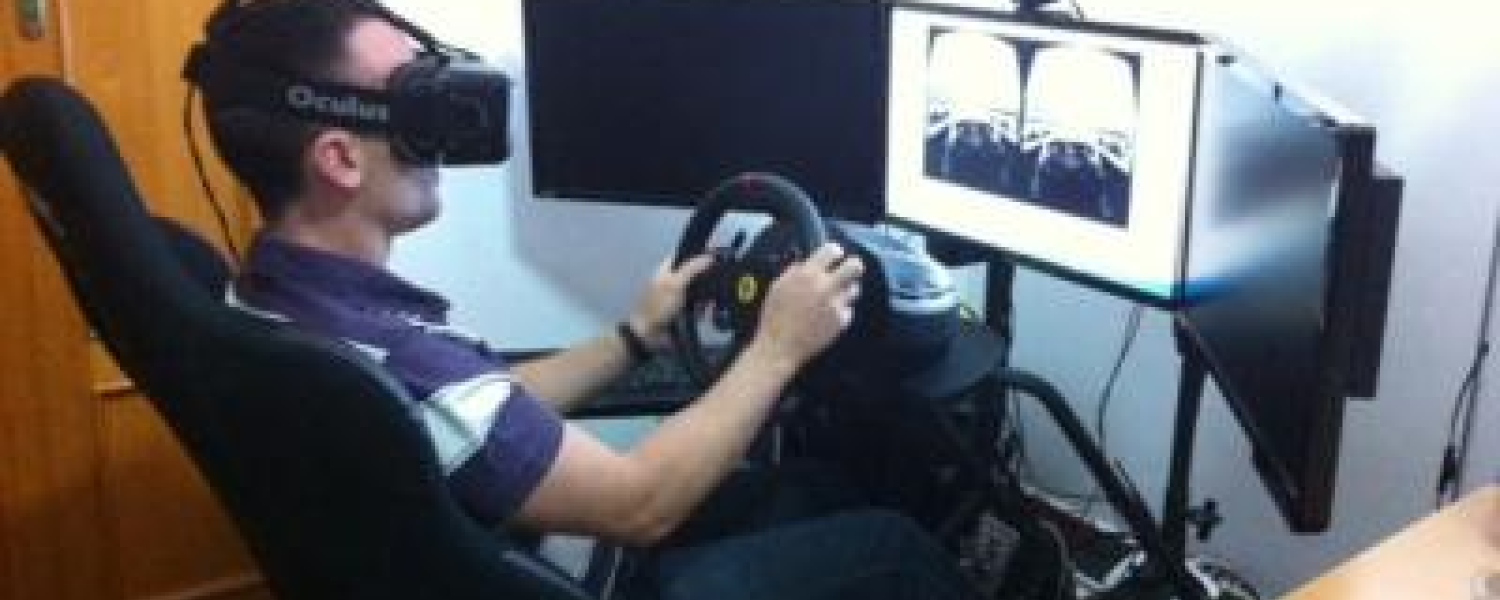

Active Safety for Autonomous and Semi-Autonomous Vehicles
University
Course
VVB
Goals
To develop a system that will be able to drive like an expert human driver. In order to achieve this, we will initially monitor the driving styles of several drivers using a high-fidelity driving simulator. Based on the measurements, we will be able to classify drivers according to their skill using graphical inference models. We will then develop suitable models for drivers actions and incorporate these models for control design (e.g., change lane or adaptive cruise control). We will be able to test these algorithms on scaled autonomous automotive platforms equipped. We would also like to develop and test driving algorithms that are proactive and can be used to steer the vehicle out of harms way even if the driver takes the wrong action. The ultimate goal would be to use these ideas to build and operate autonomous vehicles that drive safely at high-speeds and even in competitive scenarios (i.e., car racing).
Issues
Develop autonomous and semi-autonomous vehicles that drive in a natural and safe manner. Understanding human driver behavior in traffic. Monitoring of driver actions and responses in traffic. Prediction of drivers and vehicles intent. Adaptation of active safety system to current traffic situation, weather conditions and state of driver. Real-time perception and decision making at short time scales for robotic vehicles.
Tools and Methods
Robotic ground vehicles
GPU Processing
Microcontrollers
Eye-Tracking Devices
Desired Majors
Aerospace Engineering
Mechanical Engineering
Electrical Engineering
Computer Engineering
Computer Science
Psychology
Industrial Engineering